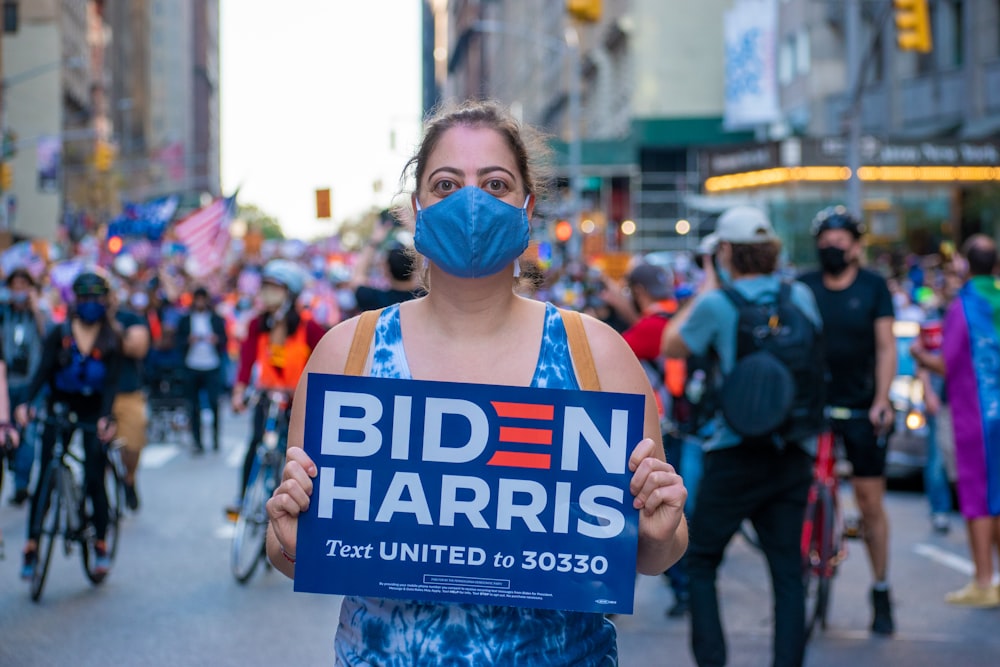Biden Needs This Bold Strategy To Reimagine The Economy So It Can Create Jobs For Everyone
Thin majorities in Congress offer President Joe Biden the opportunity to be bold. He can challenge moderate Republicans with ideas that would boost employment and incomes as the economy recovers and in years to come.
The recent employment reports indicate the need for more stimulus but another round of checks for all households that earn less than $150,000 is wrongheaded.
Folks who work from home or whose jobs have been otherwise insulated from shutdowns have not suffered large income losses. For most, another check would likely be saved, used to pay down debt or spent, not on necessities, but rather mostly on gadgets and furnishings that are often imported.
Million scrapping by
That doesn’t create enough jobs for the emerging army of 5 million permanently unemployed and the millions more scrapping along in part-time work.
Those folks are running out of savings, maxing out credit cards, and facing evictions. Targeted aid to those in severe distress—much greater than $2,000 per household—would be spent on food, rent and necessities that create more demand for U.S.-produced goods and services.
Simply, on a dollar-for-dollar basis, assistance for the unemployed and underemployed does more to create jobs and growth than welfare checks for comfortable suburban voters.
The stock market is hitting new highs because investors recognize most of the economy will recover nicely, but it’s the millions who have lost jobs, mostly in small businesses and downsizing sectors such as airlines, who should be the focus.
With work from home institutionalizing and raising productivity, many urban employment centers need repurposed to be more mixed residential-commercial use. Workers who sold services to commuters will have to reskill and often relocate but the nation has real opportunities to create less-dense, more-humane patterns of commuting, work and home life.
Rebuilding transportation systems to support redesigned cities, rather than trying to simply rehabilitate failing mass transit and bus systems, should be a central theme in any major infrastructure plan the Biden administration tables.
Image Source: Unsplash
Green economy will kill jobs
The green economy is a jobs killer, not a jobs creator. Electric cars contain fewer components than gas-powered vehicles and will last longer. Solar fields and windmill farms once commissioned require many fewer employees than the supply chains of fracking wells, pipelines and gas-powered turbines those replace.
The green economy is a brutal brigade of virtual robots that will stealthily destroy millions of blue-collar and service jobs and stoke greater alienation among working and middle Americans and urban activists who stormed the Capitol and occupied Seattle.
The primary quality refuge for displaced Manhattan sandwich makers and Detroit assemblers will be in the fast-growing digital economy, but free tuition for young folks at state universities, if not skill-focused, would simply create more high-quality unemployment and literate disaffection. We need more university-trained engineering students but also compulsory technical education in high schools.
Four-part strategy
The nation needs a four-part economic strategy.
Immediate aid to the unemployed to pay for rent and necessities: federal subsidies to extend state unemployment benefits to the end of 2021, and boost those with a reasonable federal supplement—perhaps $400 per week—to total no more than 75% of lost wages.
Extended assistance to help permanently displaced sandwich makers, airline pilots and cruise directors enroll in industry-based training programs. Businesses should be aggressively recruited and subsidized to hire the long-term unemployed for three months to two years of training if those businesses either hire them afterward or place them with an industry partner for a minimum of two years.
Adding a strong preference for skilled workers in the immigration bill that emerges, which Biden’s preliminary proposals do not. STEM workers grow the technology sector, which in turn improves competitiveness throughout the economy and creates demand for less-skilled workers in the services sector.
Refashioned high schools should emphasize college preparation less and require every graduate to master digital or other in-demand trades. The reading and writing competencies needed for college-level work should largely be accomplished in middle school. The math, science and additional courses needed for college, even for those planning STEM majors, should only occupy about a half of the high-school curriculum—the rest of adolescent education should be spent acquiring a skill immediately marketable upon graduation.
All of this would redirect the conversation away from the divisive agendas of the radical left and ideological right and focus the efforts of the Departments of Labor, Commerce and Education toward creating a bigger economy with a place for everyone.




